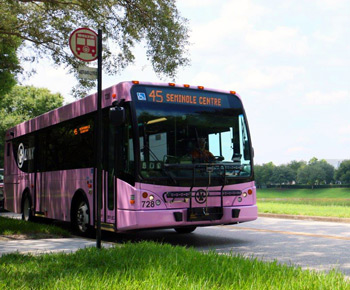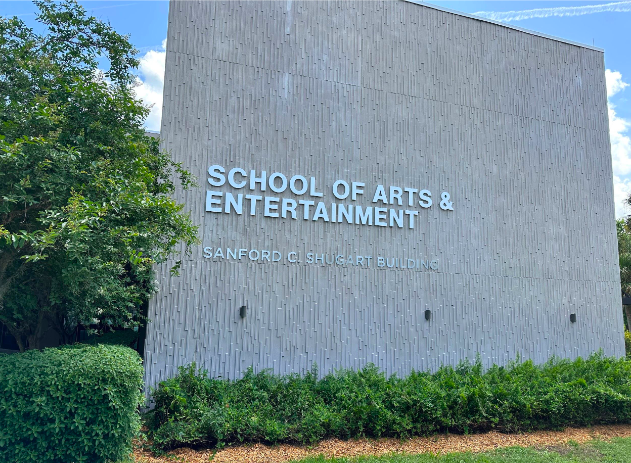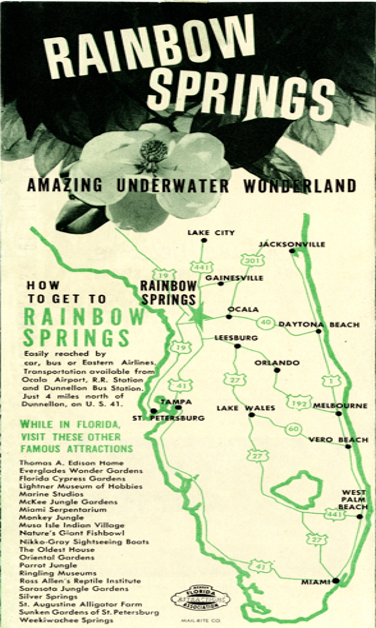Orange County pushes for November vote on public transportation penny tax

Orange County Government – Lynx
According to the Orange County Government, more than 1,000 people move to Central Florida each week – and add to the county’s population of 1.35 million.
April 3, 2020
Orange County officials hope to have everything ready for a November 2020 referendum on a county-wide penny tax to help raise funds for public transportation.
According to the Orange County Government, more than 1,000 people move to Central Florida each week – and add to the county’s population of 1.35 million.
As the population increases drastically, so does the need for more roads and a larger organized system of public transportation. As congestion, safety, quality of roads and other problems continue to increase, Orange County Mayor Jerry L. Demings in May of 2019 announced his government will pursue a transportation sales tax referendum in November 2020.
The sales tax will be placed on retail goods and services and exclude essential food items such as milk, and bread, prescription drugs, and utilities. According to Orange’s County transportation plan, it would generate $596* million per year and at least 51% of the income will be paid by tourists and visitors outside the county.
“This proposed sales tax has been long overdue and a comprehensive, countywide transportation plan needs to be in place to address the diverse needs of Orange County’s 1.4 million residents,” Mayor Demings told the Voice. “Increasing fuel taxes, property taxes or impact fees would not generate revenues sufficient enough to make the transformational improvements we need. Also, raising existing fees would place the burden of funding solely on the backs of the people who live here. With the sales tax I’m proposing, there’s a huge benefit in having 51% of the tax revenue paid for by tourists and non-residents.”
Orange County transportation funding ranks amongst the lowest counties in transportation funding in Florida. Federal fuel taxes fund half of the state highway and bridges and it is decreasing about 39% of its spending power because of better technology and fuel efficiencies. The county made sure to note in a fact sheet that the cost of transportation for driving is $1,079 on average, monthly per household, while a monthly bus service pass is $50.
“I believe for the college transportation there should be closer bus stops” Daisy Molina, 19, a Valencia art student, said. “It is quite good! At least the zones it covers, the only thing is that it doesn’t cover the entire city, just John Young Parkway and Orange Blossom Trail. SunRail is the best way to transport, but it doesn’t involve roads in that case. The cost of buses is good, but needs improvement on the range”.
Oscar Ronderos, 22, an Engineering major, said that paying the tax is also something controversial.
“I would pay the tax if it’s nothing absurd. I live in Lake Nona and I have to drive at least 20-30 minutes to get anywhere, and some days I am very tired and would like to just rest on the bus or maybe do some homework,” Ronderos said. “To be honest, I can’t imagine what a student goes through if he/she doesn’t have a car”
“Everyone in Orange County needs to see themselves in the transportation plan. The overwhelming response in community feedback enables us to do just that,” Mayor Demings said. “Our transportation initiative is being built based on community engagement utilizing a ‘bottom-up approach’ rather than a ‘top-down approach’ – that’s what differentiates it from other past proposals.”
Demings based the plan on the feedback received from the community, focusing on Transit (LYNX, SunRail, paratransit needs, high-capacity corridors), Roadway Improvements (for both county and city roads), Safety ( for pedestrians, light synchronization technology), and Operations & Maintenance (roadway resurfacing, pond and drainage maintenance).
As of now, the proposition passed the first phase called “community engagement” where the mayor and his staff participated in more than 200 public meetings, and now the County will take the feedback from the community and prepare a plan for the Board of County Commissioners review.



